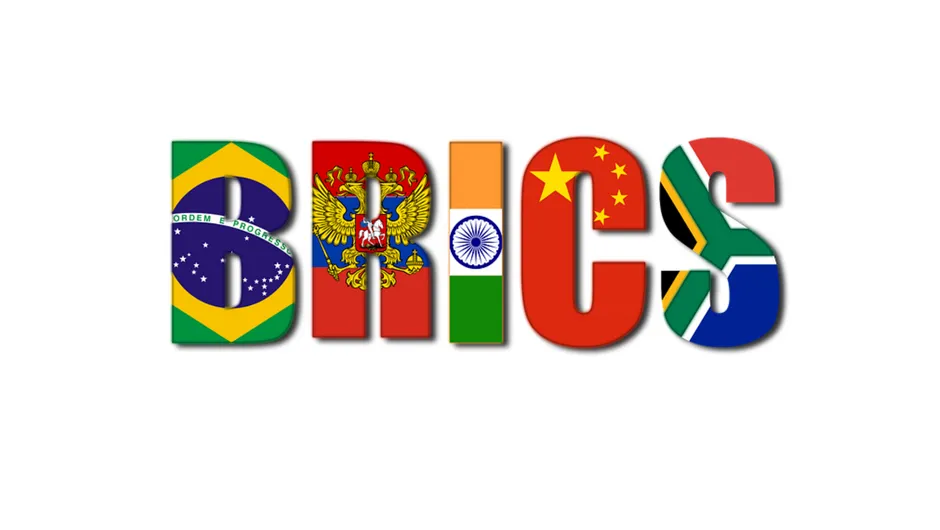Ripple: BRICS and the Evolution of a Multi-Currency Digital Payment Landscape
By COLLIN BROWN, 22nd August 2023 The economic landscape is undergoing a seismic shift, with the BRICS (Brazil, Russia, India, China, and South Africa) alliance at the forefront. Today, BRICS nations account for nearly a third of the global GDP, surpassing the influence of the historically dominant G7 countries. The

By COLLIN BROWN, 22nd August 2023
The economic landscape is undergoing a seismic shift, with the BRICS (Brazil, Russia, India, China, and South Africa) alliance at the forefront. Today, BRICS nations account for nearly a third of the global GDP, surpassing the influence of the historically dominant G7 countries.
The Ascent of BRICS: A Force to Be Reckoned With
Jim O'Neill, a Goldman Sachs economist, unveiled the term ‘BRIC’ in 2001, highlighting Brazil, Russia, India, and China as the next economic powerhouses. With the inclusion of South Africa by 2010, the BRICS acronym was born. This year, as Johannesburg hosts the 15th BRICS summit, the bloc's global significance is unmistakably evident.
BRICS Challenges G7 Dominance
In the past, the G7 bloc was the indisputable economic giant. But as of 2023, BRICS members, led predominantly by China and India, are challenging this status quo. For context, China has evolved into the top trading partner for eight of the world's 10 largest economies. Furthermore, while the G7’s trade share fell from 45% in 1992 to approximately 30% in 2022, BRICS surged from 16% to nearly 32% during the same period.
BRICS: Beyond Economics to Geopolitical Mastery
The influence of BRICS extends beyond economics. It's now an essential geopolitical tool, as evident by Russia's bolstered trade relations with BRICS nations, even amidst Western sanctions. Key BRICS nations, particularly China and India, have become significant importers of Russian oil, reflecting the alliance's resilience.
The Quest for Currency Independence
The subject of dedollarisation is gaining prominence. The long-standing dominance of the U.S. dollar in global trade is being questioned, and within BRICS, there’s a distinct shift towards local currencies. For instance, India recently made a landmark decision to settle its oil payment to the UAE in rupees, exemplifying this trend.
Towards a Unified BRICS Financial System
Instruments like the BRICS Interbank Co-operation Mechanism and BRICS Pay have streamlined cross-border transactions. The New Development Bank is leading the way in promoting a unified BRICS currency, focusing on local currency financing.
However, the path isn't without challenges. Expansion of BRICS could lead to coordination complexities and could potentially affect the effectiveness of economic sanctions.
In conclusion, BRICS is not just a financial prediction anymore. It’s a robust alliance poised to redefine the global economic and geopolitical structure. As the world keenly observes the 15th summit, it's clear that BRICS is set to sculpt the future trajectory of global power.




